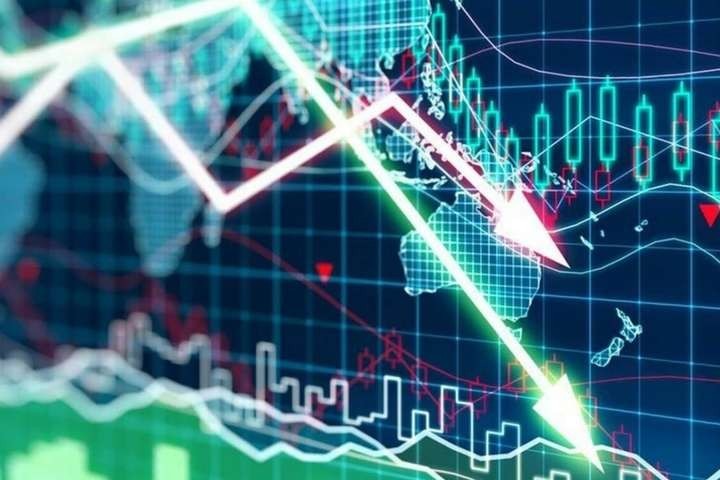U.S.: Economist: Feed costs likely to fall 20% in 2024

Feed costs look set to fall by a hefty margin in 2024 on the heels of a healthy U.S. corn crop, according to Purdue University’s Center for Commercial Agriculture.
Although soybean costs remain higher than average, a rapid drop in the cost of corn could cut feed costs by some 20% in the coming year, according to a report by Michael Langemeier, associate director of Purdue’s Center for Commercial Agriculture.
Indiana corn prices averaged US$6.31 per bushel for the first three quarters of the year, Langemeier reports, but since September have dropped sharply. By late November, Langemeier writes, July 2024 corn futures had fallen to an average of US$4.89 — and seem likely to remain within that range. Purdue published Langemeier’s report prior to the release of the U.S. Department of Agriculture’s (USDA) December World Agricultural Supply and Demand Estimates, but the U.S. agency left its corn price projections unchanged in the December 8 report.
Soybean prices, on the other hand, are expected to reach 10 cents per short ton, according to USDA, and seem likely to remain elevated, Langemeier said. U.S. soybean production numbers remain unchanged since November, USDA said, but Brazil’s production is expected to decline based on recent hot, dry weather.
However, in Langemeier’s analysis of swine feed costs, soybeans had less of an impact on the overall price of feed than corn.
For each 10-cent increase in the per-bushel cost of corn, swine finishing feed costs increase by about 43 cents per hundredweight. For soybeans, on the other hand, it takes a US$10 per ton increase in soybean meal prices to raise feed costs by 36 cents per hundredweight. So although soybean prices are expected to remain elevated for the foreseeable future, trends in corn production will have a greater impact on overall feed costs in 2024, according to Langemeier’s analysis.
Although swine feed costs ran approximately US$42.75 per hundredweight in early December, Langemeier projected feed costs could fall as low as US$33 in 2024.
Read also
Wheat in Southern Brazil Impacted by Dry Weather and Frosts
Oilseed Industry. Leaders and Strategies in the Times of a Great Change
Black Sea & Danube Region: Oilseed and Vegoil Markets Within Ongoing Transfor...
Serbia. The drought will cause extremely high losses for farmers this year
2023/24 Safrinha Corn in Brazil 91% Harvested
Write to us
Our manager will contact you soon



